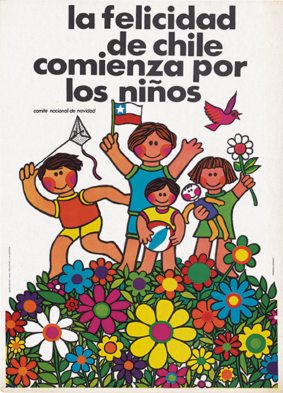RATIO; Manga: Japan’s Artistic Brainchild
By Anoushka Pinto
Art, just as music and food, transcends language, space and time. Throughout history, art has embedded itself in the mainstream and parallel cultures in diverse ways. It has long served its aesthetic purpose (looking beautiful on a wall), but above all, it has narrated stories and social, political and cultural milestones of the era it belongs to. A mirror if you like, to the world currently around it.
We have come a long way from ancient Egyptian hieroglyphics and Michelangelo’s renaissance paintings via Dali’s surrealism and performance art in the 21st century. In our modern day, a certain variant of art and storytelling has had a cult following for people across all ages, irrespective of background. This movement is Japan’s celebrated art, Manga.
Manga (roughly translated as ‘whimsical pictures’) emerged out of a long and complex artistic Japanese history, but has always maintained its prominence in its homeland. Yet, it has expanded beyond its national boundaries to bring the essence of Japanese culture to a global audience and become a widespread phenomenon. It remains the most important and popular item of the country’s exports as well.
Many would associate Manga with comics, cartoons or graphic novels, but what distinguishes it entirely is that it adheres to a distinct art style developed in 19th century Japan. It is a striking form of Japanese storytelling and narrative art that requires to be read from the right side of the page rather than the left, imitating the traditional Japanese language script. Most modern Manga, though, follows the typical left to right indentation like the modernised Japanese script.
Manga has been adapted into other forms of visual art, the highly sought-after being Japanese live animation, aptly coined ‘Anime’. Besides this, its influence has also seeped into fashion, films and gaming. Its international reach is so vast that the phenomenon is a commercial industry in itself and boasted a turnover of £3 billion in 2016.
The British Museum is paying homage to this exemplary art in its newest installation, Citi Exhibition Manga マンガ , which embarks on 23 May, 2019. It is a collaboration with The National Art Center, Tokyo and the Organisation for the Promotion of Manga and Anime and is the largest exhibition to be organised outside of Manga’s Japanese home-base.
It will touch upon the history of Manga, the culture crossover and its influence on a global scale. Works of internationally renowned Manga artists will be featured in the exhibition including Tezuka Osamu (Astro Boy), Toriyama Akira (Dragon Ball), Oda Ei’Ichirō (ONE PIECE) and more. Also on display is a classic cult favourite and example of gaming-based entertainment property, Pokémon.
The British Museum has collaborated with publishers, Thames & Hudson, on an accompanying comprehensive and illustrative catalogue about Manga and everything related. It is edited by Nicole Coolidge Rousmaniere, IFAC Handa Curator of Japanese Arts, British Museum and Matsuba Ryoko, Senior Digital Humanities Officer, Sainsbury Institute for the Study of Japanese Arts and Cultures, University of East Anglia.
 Jacket credit: Noda Satoru, Golden Kamuy, 2014 onwards, © Satoru Noda/SHUEISHA.
Jacket credit: Noda Satoru, Golden Kamuy, 2014 onwards, © Satoru Noda/SHUEISHA.
It consists of six chapters and is an elaborate timeline of Manga, from its origin to the present day scenario. It also delves into the creative process involved in producing a Manga and includes essays, interviews, features and selected snippets of illustrated content. The catalogue also addresses its essential aspects, highlights its role in society and the future of Manga.
On the other end of the spectrum is the dynamic New York art scene of the late 1970s and early 1980s. It was a period that inspired the substantial rise of punk, jazz, hip-hop and specifically the modern style of street-art, graffiti. Jean-Michel Basquiat rose to prominence for encapsulating the cultural hotbeds of Lower Manhattan in his works. He was one of the most influential figures of his time, and upon his death, he became a part of the infamous Forever 27 Club (a list of popular musicians, actors or artists that died aged 27).
Julian Voloj and Søren Mosdal have co-authored a colourful graphic novel, Art Masters: Basquiat based on their biographical findings and speculations of the late American artist. Basquiat, here is portrayed as a struggling creative genius seeking to embrace love, fame and friendships while also producing work that will be widely admired generations after his death.
More details on the exhibition, here: Citi exhibition Manga マンガ
Get your copy of Art Masters: Basquiat, here.








